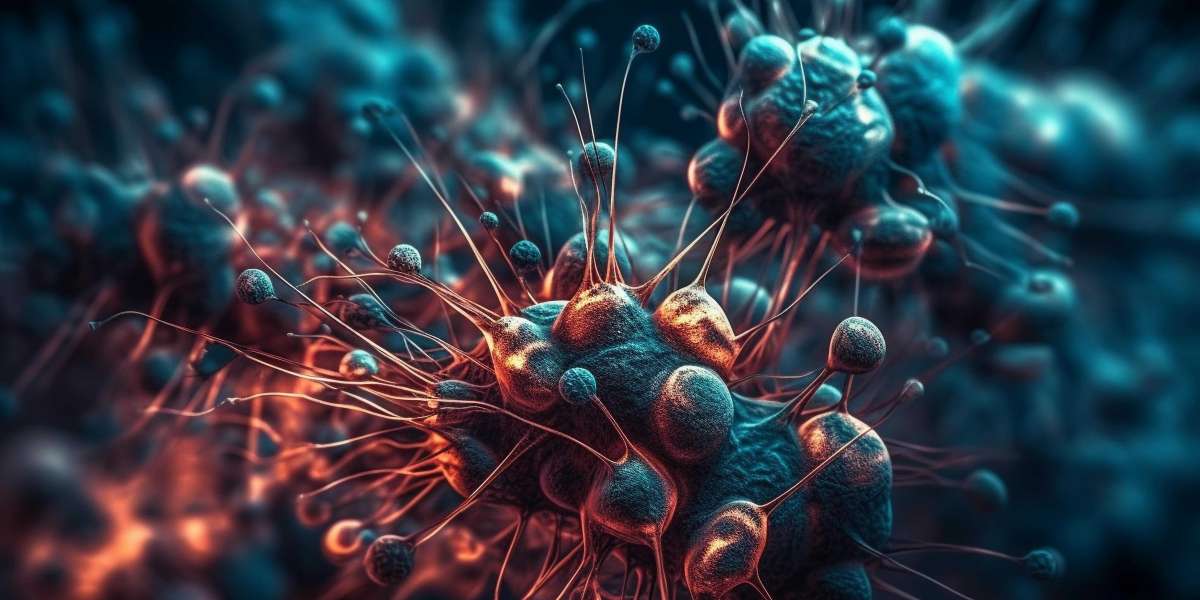As Breast Cancer Awareness Month unfolds, it’s crucial to spotlight various types of breast cancer to enhance understanding and foster early detection. Among the different forms, Triple-Negative Breast Cancer (TNBC) stands out due to its unique characteristics and treatment challenges. Here’s an overview of key facts about TNBC, including its symptoms, causes, and available treatments.
What is Triple-Negative Breast Cancer?
Triple-Negative Breast Cancer is a subtype of breast cancer characterized by the absence of three common receptors that are typically found on breast cancer cells: estrogen receptors, progesterone receptors, and HER2. This triple-negative status means that TNBC does not respond to hormonal therapies or therapies targeting HER2, which are effective in other breast cancer subtypes. As a result, the treatment options for TNBC are more limited, making it a particularly challenging form of breast cancer to manage.
Causes of Triple-Negative Breast Cancer
The exact causes of Triple-Negative Breast Cancer are still under research, but certain factors have been identified that may increase the risk. Genetic mutations, such as those in the BRCA1 and BRCA2 genes, are known to play a significant role in the development of TNBC. These genetic mutations can be inherited and increase the likelihood of developing breast cancer, including the triple-negative subtype. Additionally, other factors such as age, race, and family history of breast cancer can influence the risk of TNBC, though these factors are less well understood.
Symptoms of Triple-Negative Breast Cancer
The Triple-Negative Breast Cancer symptoms are similar to those of other breast cancers and may include a noticeable lump in the breast, changes in the size or shape of the breast, and skin changes such as redness or dimpling. However, TNBC is often diagnosed at a later stage due to its tendency to be more aggressive and its lack of specific hormonal receptors that could be targeted early with preventive treatments. Regular breast examinations and mammograms are vital for early detection, particularly for those at higher risk.
TNBC Treatments
Given that Triple-Negative Breast Cancer lacks the receptors targeted by some traditional treatments, managing TNBC often involves a combination of surgery, chemotherapy, and radiation therapy. Chemotherapy is a primary treatment option for TNBC and is used to kill cancer cells throughout the body. Surgical options typically involve removing the tumor through lumpectomy or mastectomy, depending on the stage and location of the cancer. Radiation therapy may be used to target and kill any remaining cancer cells in the breast area after surgery.
Recent advances in research are exploring additional treatment avenues, including targeted therapies and immunotherapies, which aim to improve outcomes for TNBC patients. Clinical trials are ongoing to identify new and more effective treatments that could offer hope for those diagnosed with this challenging subtype.
Conclusion
Understanding Triple-Negative Breast Cancer is essential, especially during Breast Cancer Awareness Month. Awareness of TNBC’s symptoms, causes, and available treatments can help in early detection and encourage proactive management. By staying informed and supporting ongoing research, we can improve outcomes and advance towards more effective treatments for Triple-Negative Breast Cancer.
Trending Reports







